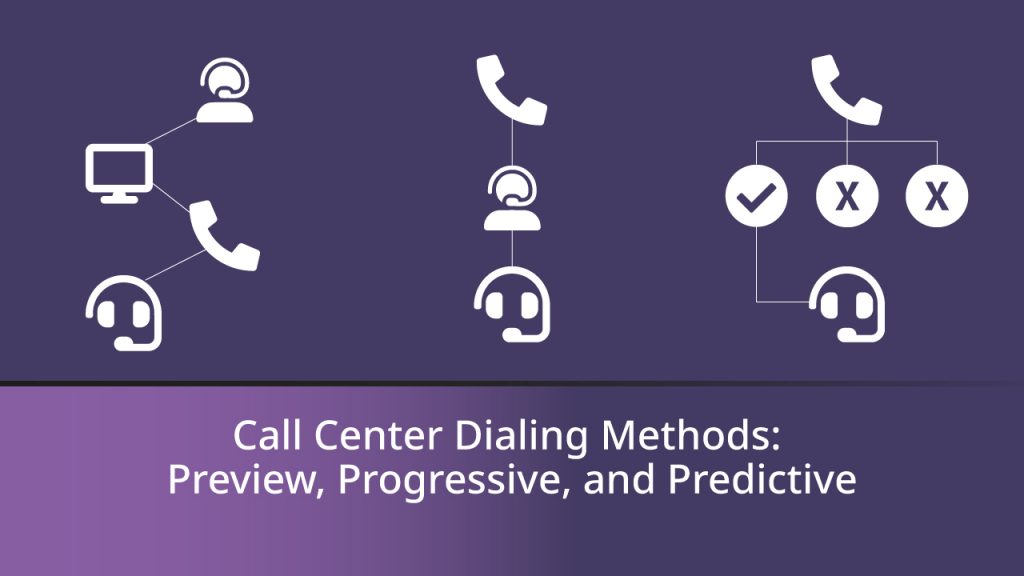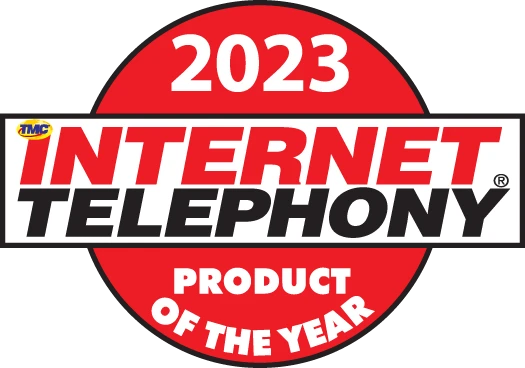
In the world of call centers, the way calls are managed can make a big difference in the efficiency and productivity of agents. There are several automated dialing methods that help optimize agents’ time and enhance the customer experience. The three most commonly used methods are preview dialing, progressive dialing, and predictive dialing. Each of these methods has unique characteristics that cater to different operational needs. Let’s explore each of them in detail.
Preview dialing gives the agent the most control. In this method, the dialer presents the agent with the contact’s information before making the call, allowing the agent to review the details before deciding to proceed. The agent can choose to make the call immediately, postpone it, or skip it depending on the information they see.
This type of dialing is especially useful when the quality of the interaction is prioritized over the number of calls. It allows the agent to personalize their approach, which is advantageous in cases like complex sales, customer service, or account management, where being well-prepared before speaking to the customer is important. However, this flexibility comes with the drawback of reduced efficiency, as the agent has more control over the pacing of the calls.
Progressive dialing automates the calling process but in a controlled and safe manner to avoid connection errors. In this mode, the system automatically calls a contact on the list as soon as it detects that an agent is available. That is, the call is connected only when there is an agent ready to take it, preventing the customer from receiving a call without someone to speak to.
For example, if there are 10 agents available at a given moment, the progressive dialer will call 10 contacts simultaneously and assign the calls to each agent. The system waits for an agent to finish their call before dialing another contact, ensuring that there is always someone available to answer when the call is picked up.
This method is highly efficient and reduces the risk of unanswered or abandoned calls, an issue that can occur with other dialing methods. Progressive dialing is ideal for operations that seek a balance between automation and control, such as surveys or sales campaigns.
Predictive dialing is the most advanced of the three dialing methods and is used in high-volume call environments. This method seeks to maximize productivity by predicting when an agent will be available to take the next call. The system places calls in advance, based on algorithms that analyze historical data, such as the average call duration, contact response rate, and connection time.
The goal of the predictive dialer is to ensure that as soon as an agent finishes a call, there is another call ready to be answered. This minimizes agent downtime, resulting in greater operational efficiency.
However, this type of dialing has its challenges. If the algorithm is not accurate, the system may place calls before agents are available, leading to “ghost calls.” These are calls where the customer answers but there is no agent ready to speak to them, which can lead to a negative customer experience.
Additionally, it is recommended that predictive dialing be used with at least 20 agents or more, as having more agents allows the algorithms to generate more accurate predictions. This is because a larger volume of historical data about agent behavior and call patterns improves the estimates, reducing the risk of errors. With fewer than 20 agents, the risk of unanswered calls or agent idle time increases, as the system has less leeway to optimize the operation. Although predictive dialing can be used with fewer agents, the benefits are maximized in larger-scale operations.
A common problem with predictive dialing occurs when the system places a call before an agent is truly available. In these cases, the person who answers the call may be placed in a queue, often hearing hold music while the system waits for an agent to be freed up. This situation creates several challenges:
This issue is particularly relevant in dialing campaigns with a small volume of customers or in operations where customer experience is critical. In these cases, progressive dialing becomes a more suitable option, as it ensures that there will always be an agent available to answer the call when the customer picks up, avoiding the wait and reducing the likelihood of the customer hanging up.
Choosing the right type of dialing largely depends on the goals of the call center operation and the type of interaction desired with customers.
Each method has its advantages and disadvantages, but when used appropriately, it can significantly improve call center productivity and the customer experience.
Issabel’s new Contact Center offers various dialing options, including manual, preview, and progressive dialing, providing flexibility and efficiency to your operations. If you’d like to learn more about how these features can optimize your call center, we invite you to explore our solution and see how we can help improve your productivity and customer experience.
“I am honored to recognize Issabel, LLC with a 2023 Product of the Year Award for its commitment to excellence and innovation,” said Rich Tehrani, CEO, TMC.

Issabel® is developed and managed by Issabel® LLC. company formed by a group of professionals from different countries.
Our team is a leader in open source innovation with implementations and success stories in different continents. Our experience in developing these technologies has allowed us to develop, maintain and improve unified communications platforms.